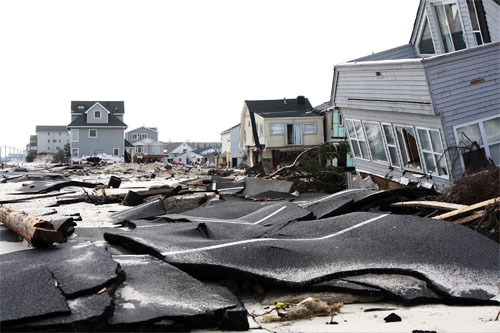 Tower Group expects an after-tax net loss of between $55 million and $68 million next quarter due to Superstorm Sandy, while Fitch Ratings says insurers can easily handle the losses—and then some.
Tower Group expects an after-tax net loss of between $55 million and $68 million next quarter due to Superstorm Sandy, while Fitch Ratings says insurers can easily handle the losses—and then some.
During a Nov. 8 conference call to discuss the company's third-quarter earnings, CEO Michael L. Lee said he expects Sandy to “easily cause the largest catastrophic event [in Tower's] history.”
Lee said Sandy will be an earnings event for Tower, not a capital event—which could mean improved personal-lines market conditions since “many companies face substantial losses from this event.”
Recommended For You
Want to continue reading?
Become a Free PropertyCasualty360 Digital Reader
Your access to unlimited PropertyCasualty360 content isn’t changing.
Once you are an ALM digital member, you’ll receive:
- Breaking insurance news and analysis, on-site and via our newsletters and custom alerts
- Weekly Insurance Speak podcast featuring exclusive interviews with industry leaders
- Educational webcasts, white papers, and ebooks from industry thought leaders
- Critical converage of the employee benefits and financial advisory markets on our other ALM sites, BenefitsPRO and ThinkAdvisor
Already have an account? Sign In Now
© 2025 ALM Global, LLC, All Rights Reserved. Request academic re-use from www.copyright.com. All other uses, submit a request to [email protected]. For more information visit Asset & Logo Licensing.








